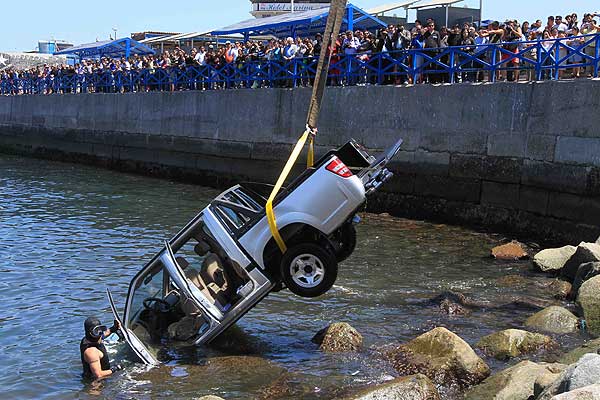ACTIVITY
This is the activity more enjoyable of this topic, because we like to create new stories
Which type
of text is each one? First, we have to identify the different texts that I’ve
exposed you (in a individual way). Then, by group of 5 we have to create 3
different texts of narration, description and dialogue (between 10-15 lines)
We have done the first part of the activity in a individual way but we have written our common answer to write in this blog.
1.I
have a beautiful dog. He is my baby, and he is sweet like a vanilla ice cream.
He is really cute, and he is like a little baby, because he is very lovely.
When he was a baby he was like a little cat, because his ears are like catís
ears and because he doesnít likes take a bath.
He is not big, but
not small. He is black and white like a cartoon cow. His eyes are blue like two
pieces of sky, and they are bright like clean glasses. His name is Lobo,
because he is like a real wolf, and because he wails like a wolf too.
He is a Siberian
Husky, and this is the reason why he is like a wolf. He makes me Very happy,
and I love him with all my heart, and I think that he loves me too, and I am
going to take care of him, and love him all my life.
This first text is descriptive because it is giving information about the characteristics of something.
2
This second text is a dialogue, because there are two people who are changing information about them.
3.
One upon time, a mother duck sat
on her eggs. She felt tired of sitting on them. She just wished the eggs would
break out.
Several days later, she got her wish. The eggs cracked and some cute little
ducklings appeared. "Peep, peep" the little ducklings cried.
"Quack, quack" their mother greeted in return.
However the largest egg had not cracked. The mother duck sat on it for several
days. Finally, it cracked and a huge ugly duckling waddled out. The mother duck
looked at him in surprise. He was so big and very gray. He didn't look like the
others at all. He was like a turkey.
When the mother duck brought the children to the pond for their first swimming
lesson., the huge grey duckling splashed and paddled about just as nicely as
the other ducklings did. "That is not a turkey chick. He is my very own
son and quite handsome" the mother said proudly.
However, the other animals didn't agree. They hissed and made fun of him day by
day. Even his own sisters and brothers were very unkind. "You are very
ugly" they quacked.
The little poor duckling was very unhappy. "I wish I looked like
them" he thought to himself. One day, the ugly duckling run away and hid
in the bushes. The sad duckling lived alone through the cold and snow winter.
Finally the spring flowers began to bloom. While he was swimming in the pond,
he saw three large white swans swimming toward him. "Oh, dear. these
beautiful birds will laugh and peck me too" he said to himself. But the
swans did not attack him. Instead, they swam around him and stroked him with
their bills. As the ugly duckling bent his neck to speak to them, he saw his
reflection in the water. He could not believe his eyes. "I am not an ugly
duckling but a beautiful swam" he exclaimed.
He was very happy. From that day on, he swam and played with his new friends
and was happier than he had never been.
Finally this text is narrative because it is telling a story.
In the second part of the exercise we, as a group, have create 3 different text: one narrative, other descriptive and the last one that is a dialogue. However we have not uploaded it on the blog because we would spend a lot of time.
Made by the group 2









